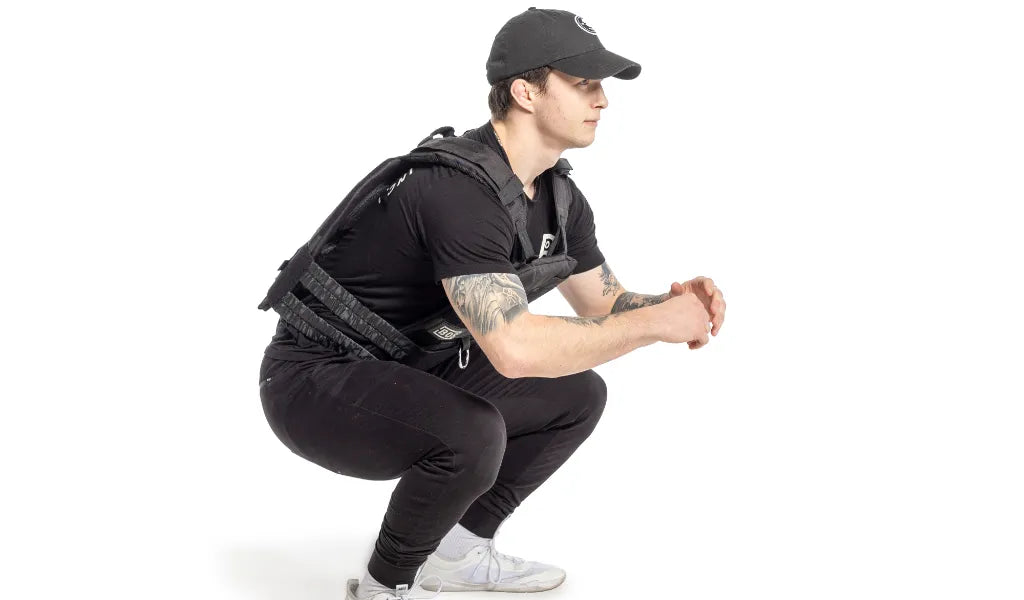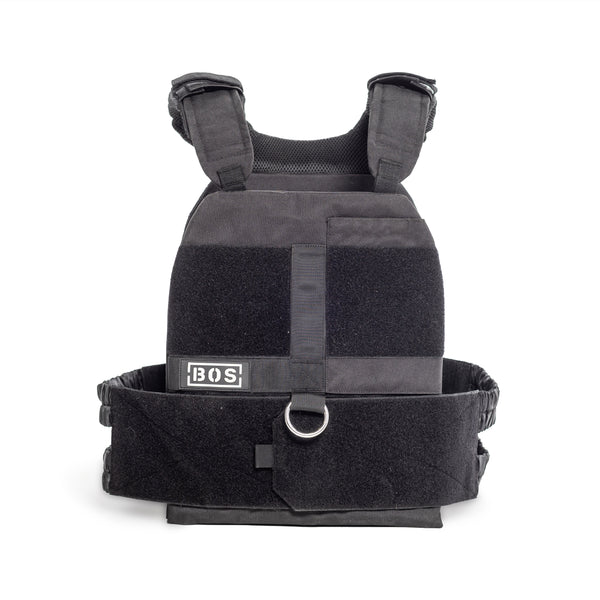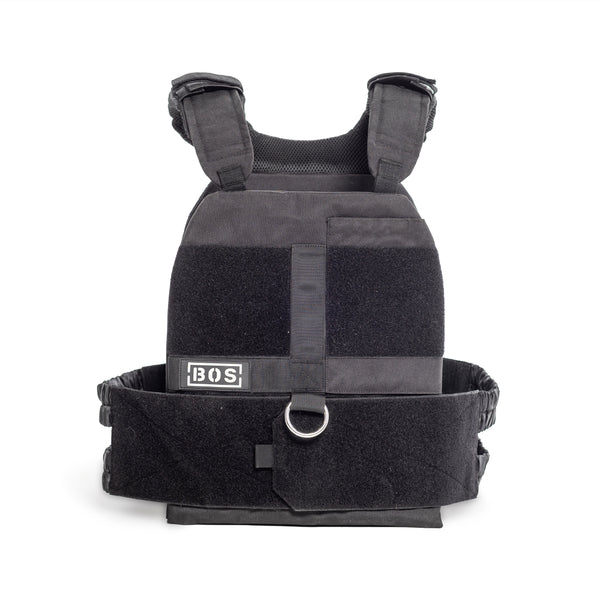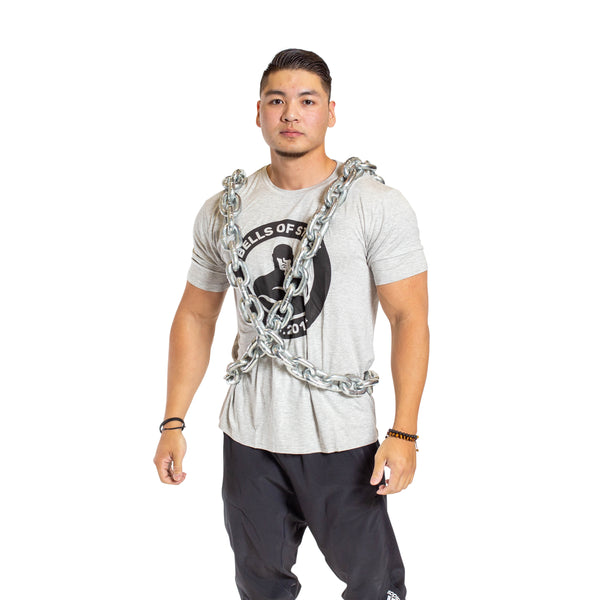Osteoporosis is a silent disease that weakens bones, making them fragile and more prone to fractures. Weight-bearing exercises are crucial for those living with osteoporosis or looking to prevent bone loss.
One effective way to enhance these exercises is by using a weighted vest. But is it safe? And does it really help?
In this article, we’ll explore how weighted vests work, their benefits for osteoporosis, and how to use them safely.
Are Weighted Vests Good for Osteoporosis?
The short answer is yes — when used correctly, weighted vests can support bone health and help combat osteoporosis.
Osteoporosis causes bones to lose density, making them weaker over time. Resistance and weight-bearing exercises are one of the best ways to strengthen bones.
A weighted vest increases the load on your bones and muscles, enhancing these effects. Here’s how:
1. Stimulates Bone Growth
Our bones are living tissues that respond to stress. When weight is applied to bones — whether from walking, lifting weights, or wearing a weighted vest — it signals the body to produce more bone tissue.
This process, called bone remodelling, helps slow bone loss and can even increase bone density over time.
2. Improves Balance and Stability
Falls are a significant concern for people with osteoporosis. A weighted vest helps strengthen core muscles, improving balance and coordination. Stronger muscles mean better stability, reducing the risk of falls and fractures.
3. Enhances Strength Training
Strength training is essential for bone health. Wearing a weighted vest during bodyweight exercises such as squats, lunges, and step-ups increases resistance, making your workout more effective at building muscle and bone strength.
4. Encourages Better Posture
Osteoporosis often leads to poor posture and spinal compression fractures. A correctly fitted weighted vest helps reinforce good posture by engaging the back and core muscles, reducing slouching and promoting spinal alignment.
How to Use a Weighted Vest Safely for Osteoporosis
While weighted vests offer many benefits, they must be used correctly to avoid injury. Here are some safety tips to follow:
1. Start with a Light Weight
If you’re new to using a weighted vest, start with a lightweight option (5-10 lbs). Gradually increase the size of the weight vest plates as your body adapts, but avoid excessive weight that could strain your joints or increase fall risk.
2. Use During Weight-Bearing Activities
Wear your vest during walking, stair climbing, or bodyweight exercises for best results. These movements naturally strengthen bones, and the added weight amplifies their effects.
3. Prioritize Comfort and Fit
Choose an adjustable and well-fitted vest to prevent discomfort or improper weight distribution. A poorly fitted vest can cause strain on the back and shoulders.
4. Avoid High-Impact Movements
People with osteoporosis should avoid jumping or high-impact exercises while wearing a weighted vest, as these can stress fragile bones unnecessarily. Instead, focus on controlled, low-impact exercises.
5. Consult Your Doctor First
If you have severe osteoporosis or pre-existing conditions, consult a doctor or physical therapist before incorporating a weighted vest into your routine. They can help determine a safe weight limit and recommend appropriate exercises.
Choosing the Right Weighted Vest for Osteoporosis
Not all weighted vests are created equal. When shopping for one, look for these key features:
- Adjustable weight options – Start light and gradually increase resistance.
- Comfortable fit – A snug, secure fit prevents shifting during movement.
- Even weight distribution – Prevents strain on the spine and shoulders.
- Breathable material – Ensures comfort for extended wear.
Final Thoughts
If you want to take control of your bone health, consider incorporating a weighted vest into your exercise routine — just be sure to start light, progress gradually, and prioritize safety.




